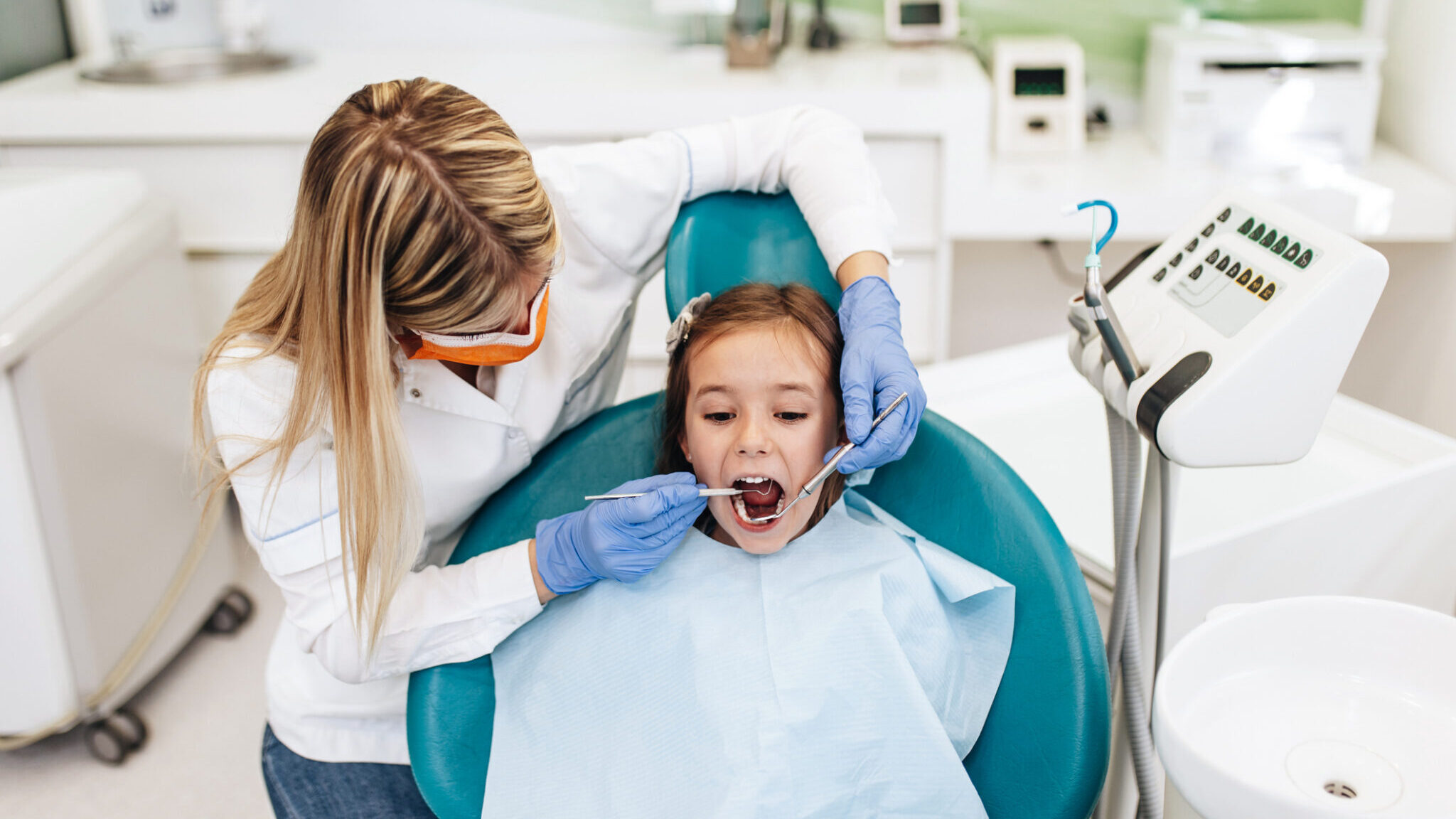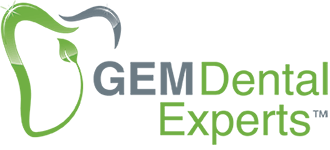
February 24, 2023
by Gabriele Maycher, CEO, GEM Dental Experts Inc. BSc, PID, dip DH, RDH
Q: This is a constant a debate among the hygienists in our practice. Do you provide nonsurgical periodontal therapy (NSPT) for children?
A: If they do not fall within the parameters of health, then yes, they need nonsurgical periodontal therapy. The term “child” is defined as a young individual below the age of puberty or, more specifically, a person who doesn’t have his or her second molars yet. Once the second molars erupt, we consider our patients “adults.”
Most practices book children for a 30 minute “cleaning,” which includes a polish and fluoride by a certified or registered dental assistant. The term “cleaning” does not exist in literature, so I prefer to use, “periodontal maintenance therapy.” This refers to “the continued patient care provided by members of the dental team to help a patient maintain periodontal health following the successful completion of nonsurgical and or surgical periodontal therapy.”1
If a patient does not have a healthy state (see sidebar: Goals of NSPT) and/or you have never successfully achieved a healthy state, then a patient does not require “periodontal maintenance therapy;” they require “nonsurgical periodontal therapy.” Age is not the determining factor. It is the state of health vs. disease that determines whether nonsurgical periodontal therapy is the therapy of choice.
GOALS OF NSPT
Nonsurgical periodontal therapy should eliminate inflammation in the periodontium of a client with periodontal disease, returning the periodontium to a healthy state that can then be maintained by a combination of both professional care and client self-care.1 A healthy state or the “parameters of health,” as defined by the literature, is <3mm pocket depths and <10% bleeding on probing for a gingivitis client and <4mm pocket depths and <10 bleeding on probing with no 4mm pockets bleeding, for a periodontitis client2. Plus, the stability of attachment level in a gingivitis patient and stability in attachment loss in a periodontitis patient.
As a rule, clients six and older should be scheduled with a hygienist, and children younger may be scheduled with an assistant. But if inflammation exists, then schedule with a dental hygienist for their next appointment. Because it is contraindicated to polish edematous tissue and children may present with an increased level of inflammation specifically around the incisors and molars around puberty, we need more time to screen for periodontitis (now known as molar/incisor pattern Grade C periodontitis). And we need to give ourselves more time to educate the child (depending on age) and guardian about the current health status and the potential need for nonsurgical periodontal therapy.
I can hear what you’re thinking, “The units of scaling offered by the parent’s insurance plan does not support debridement (scaling) for child clients.” When presented with this ethical dilemma consider this: When the client continues to require further dental hygiene care to achieve higher levels of oral wellness or to prevent or control disease progression, yet the client has been discharged erroneously from care, thinking that a healthy state was achieved, this is referred to as supervised neglect. You have an ethical obligation to treatment plan according to a client’s needs. A client/guardian can refuse treatment as long as it is “informed refusal,” in which treatment options have been presented and consequences of refusing treatment discussed.
References:
- Foundations of Periodontics for the Dental Hygienist, Enhanced 5th Edition, jill S. Gehrig, Daniel E. Shin and Donald E. Willmann.
- Lang NP, Bartold PM. Periodontal health. J Periodontol. 2018;89(Suppl 1): S9–S16. https://doi.org/10.1002/JPER.16-0517






Leave a Reply
You must be logged in to post a comment.